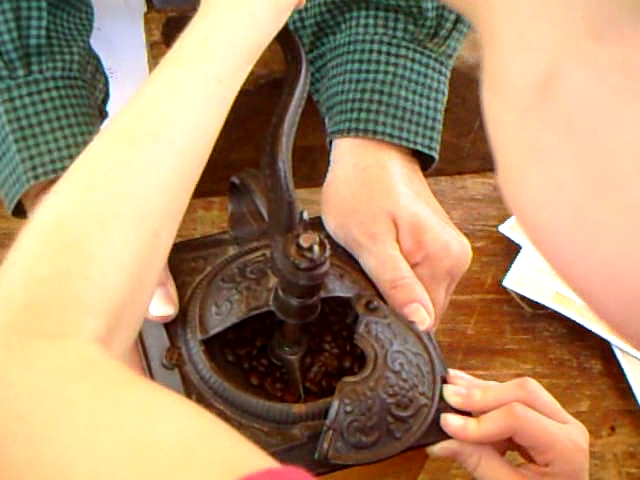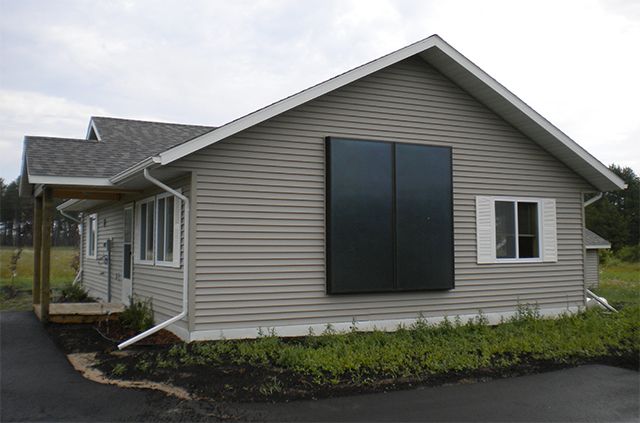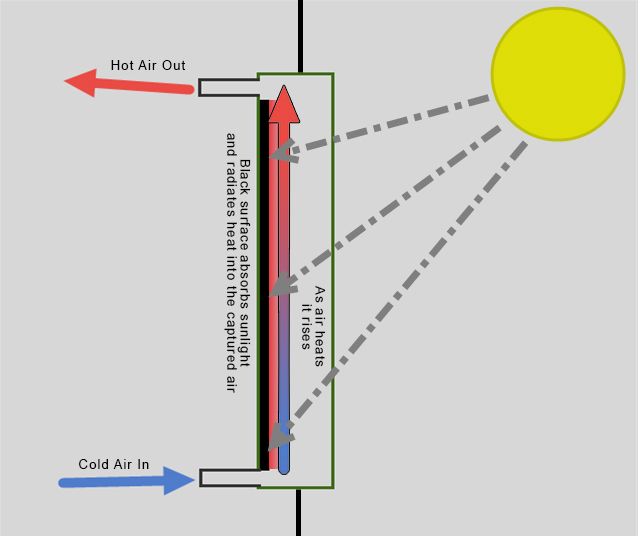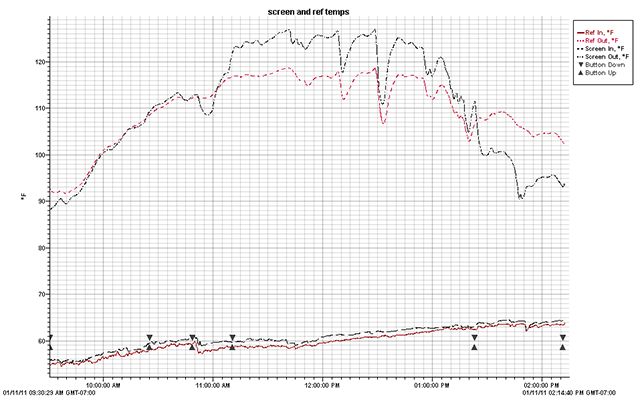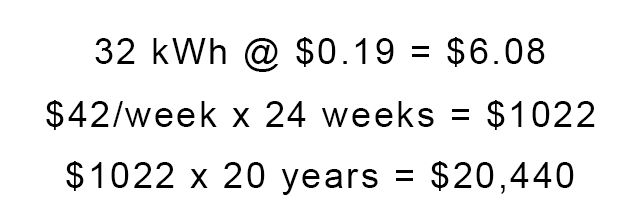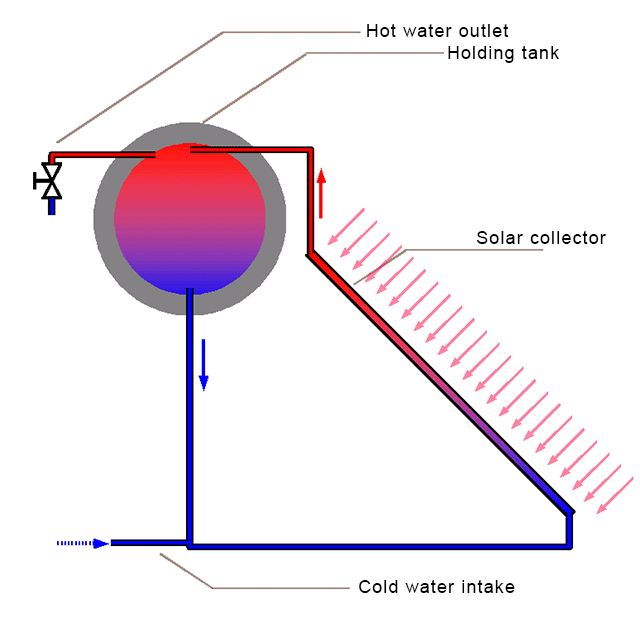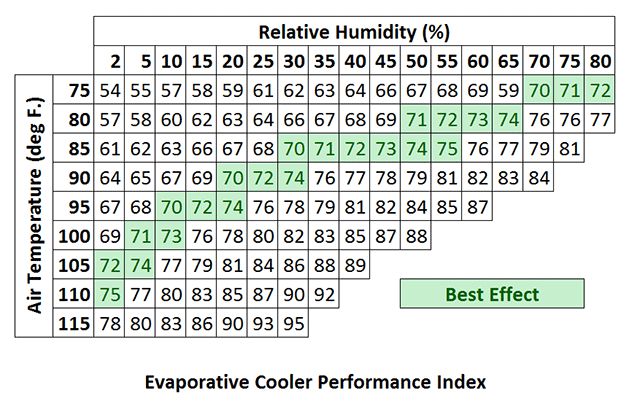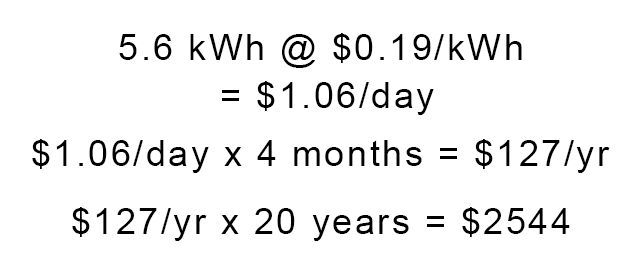Energy. It’s what moves us. It’s what makes living in the modern world possible.
Our increased ability to harness energy and use it has offered a lifestyle only the richest could afford just over a hundred years ago. Enjoying a cappuccino from your DRM protected Keurig? In the 1800s, you would need someone to get the water from the well, someone else to cut and split the wood, a cook to build the fire, boil the water, hand-grind the beans…you get the point.
In that light, energy is dirt cheap today. But we can do simple things to save money on electricity.
Oddly enough, doing things for ourselves again is the best way. Just ask the Amish about living off the grid. Or start using smart home devices to save money and energy. Let’s take a look at how we can take on some simple alternative energy DIY projects and save tons of money.
Before we begin, I'm not an engineer. Values are calculated the best this layperson can, and data comes from outside sources.
Solar Air Heating - Save $20,440
The solar air heating collector is about as quick and simple a way to get started on alternative energy as there is. It's nowhere near as complex as a full solar electric array.
The two principles at work are; dark surfaces absorb light, and the thermosiphon principal. Dark things look dark because they don’t reflect much light. As you know, light is energy, but when it gets absorbed into something, that light energy turns into heat energy.
The main part of the box will have black-colored material in it to capture heat from the sun. That heat gets transferred into the air in the box.
As the air warms up, it wants to rise out of the box. As the warm air rises, it pulls up cooler air into the box. That's the thermosiphon working via convection. Now our solar air heater is working. It does this with no moving parts!
You can build one! If you can build a box, you can do this. If you've never worked with tools, don't worry. You can learn basic woodworking skills fast.
The most effective and efficient design uses black metal window screen as the heat collector. This works great because it has a large surface area and is designed for maximum airflow already. If you can get black metal window screen, that is the best. If you can’t, it’s easy to spray paint the screen black. Just make sure to use a heat-tolerant paint like barbecue or woodstove paint.
How much will a solar air heater save you? Gary Reysa posted his results at BuildItSolar.com. He ran his test on a day that averaged 60 deg. F or 15 deg. C. A cool day by most peoples’ standards. The heater he used was 32 square feet in size. That sounds pretty big, but it’s just a box that’s 8 feet tall by 4 feet wide and 6 inches deep . You can certainly make them smaller.
The test ran from about 10 a.m. to 2 p.m. - the peak sun hours of a day in winter. The heater sucked in air that averaged 60 deg. F and pumped it out at an average of 109 deg F. Wow.
It did this at a rate of 87 cubic feet of air per minute (cfm). An average living room is about 2560 cubic feet. This window-mounted solar air heater would cycle all the air in that room in about 30 minutes. That means that if at 10 a.m. in the morning your room is at 60 deg F, it can be warmed up to a comfortable level in a half hour. No electricity needed. It's a perfect application of alternative energy.
How much money is that going to save you? If one heater can keep the living room warm for all the daylight hours, that’s 6 to 10 hours of not having a heater on. Our average living room would normally need a 3200 watt electric heater. If it’s running for 10 hours, that’s 32 kilo-watt hours (kWh). Let’s say electricity costs you 19 cents/kWh. That’s over $6 per day or $42 per week. From October to March, that’s about $1022. The 20-year savings is $20,400, assuming the price of electricity stays the same for another 20 years. Yeah, right.
Solar Water Heating - Save $33,600
If you can build the solar air heater, you can definitely build a solar water heater. They operate on the same alternative energy principles as the solar air heater above, only the fluid you’re pumping through them is water.
If working with plumbing intimidates you, try doing this with a greenhouse or shed first. That way, if there are leaks the damage will be less significant. It might not save you as much money, but imagine being able to keep water going to your greenhouse for a few months longer.
The simplest solar water heater to build is a coil of black hose. You may have even seen one of these around pools. The black hose captures the sun’s heat and transfers it to the water. As the water in the hose heats up, the thermosiphon effect kicks in.
You can build more complex systems using the boxed approach, like the air heater above. But instead of using window screen, you would use black PVC pipe, or copper pipes painted black. Metal will transfer the heat to the water much better than plastic.
Using it to pre-heat water before it gets to your regular water heater is the most common usage. Doing this could save you some serious money. Energy Star states that pre-heating your water with solar can cut your water heating bill in half. Their estimate is that it would save you between $140 and $280 per year. Over a 20-year period that’s $5,200.
Pre-heating your water isn’t the only way this could work for you. With simple modifications, you could use this system for radiant in-floor heating. Retro-fitting your house with this would be quite the task. This would be better for new builds or as an addition to an already existing in-floor heating system.
Evaporative Air Cooler - Save $2400
Ever notice how it's often cooler near a lake on a hot summer day? Especially if there's a slight breeze? It's not just the breeze that's making the big difference. It's the water evaporating that cools the breeze. You can put that to work for you at home and save some big money on air conditioning.
Simpler evaporative air coolers can be built by DIY newcomers in less than an hour. You can do it with a bucket, some water, and a cheap fan. Once you master the concept and some plumbing skills, you can scale it up to something that might replace your A/C altogether. Let's take a look at the bucket cooler.
Switching water buckets in and out can be tedious. If you're more adventurous, you can start adding wicking material, water pumps, and float shut-off valves to make an even more efficient, more automated evaporative air cooler.
How much is your basic swamper going to cool you off? That can vary widely, based on conditions. Take a look at the chart below. It could be as little as 2 degrees up to 30 degrees. Air temperature going into the cooler and the air humidity affect this.
Now you know the swamper works, but how much money could it save you?
A 6000 BTU air conditioner running 10 hours a day costs about $1.06 per day, at 19 cents/kWh. If your summer is about 4 months long, that's about $120. Over 20 years, that's $2400. If you live somewhere like southern California, you can easily double that.
Total Savings - $56,584
Saving $56,000 over a 20 year period is a compelling reason to attempt these 3 alternative energy projects. If that's not enough of a motivator, then consider what you could do with that $56,000. What if you invested your yearly savings of about $2800? With compounded interest of 3% per year, you could have more than $75,000 in the bank.
Okay, so it's not exactly saving you the whole $56,584. Fair enough. It does cost a little bit to make these things. It does cost a little bit to maintain these things. And the actual savings you'll get depends on way too many variables to give a precise number.
But even if you only save half of that, isn't it worth a shot? Never mind the good you'd be doing by keeping pollution out of the air from fossil-fuel powered electricity generators. Plus, it's just plain fun.
Thinking of doing any of these projects yourself? Have you tried any of them already? Share your thoughts and experiences in the comments section below!
Image Credits: Grinding Coffee the Old Way Wesley Fryer, 15 kW Solar Array, Solar Air Heat Collector, Water Thermosiphon Diagram, via Wikimedia, Screen Collector Test Graph, via BuildItSolar.com


